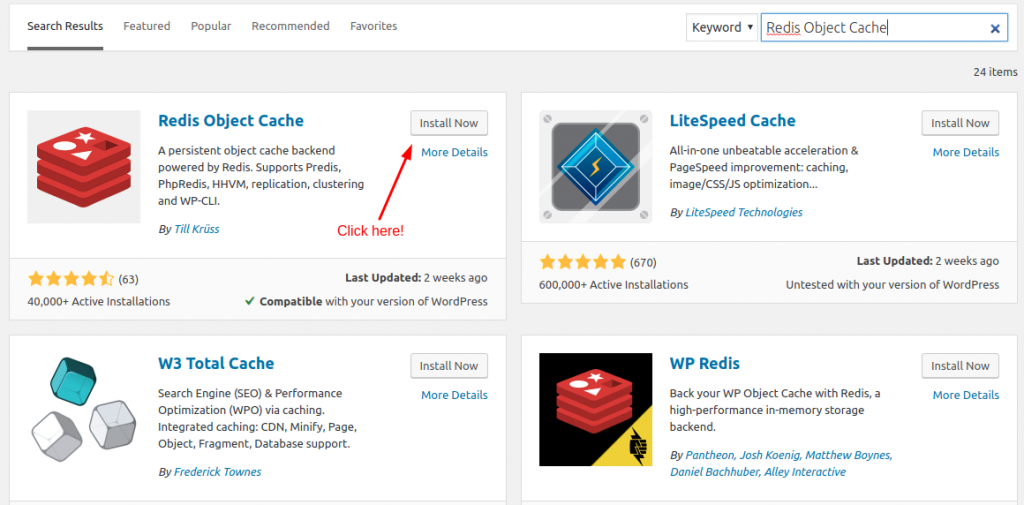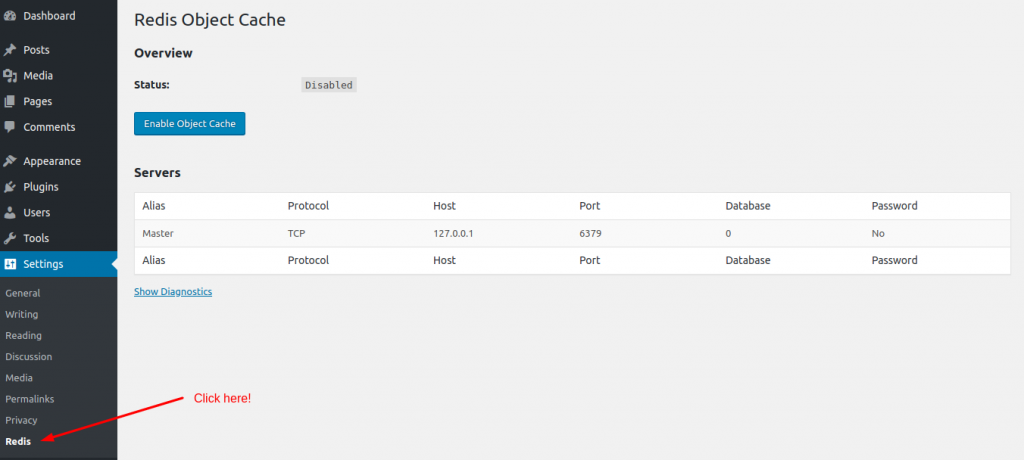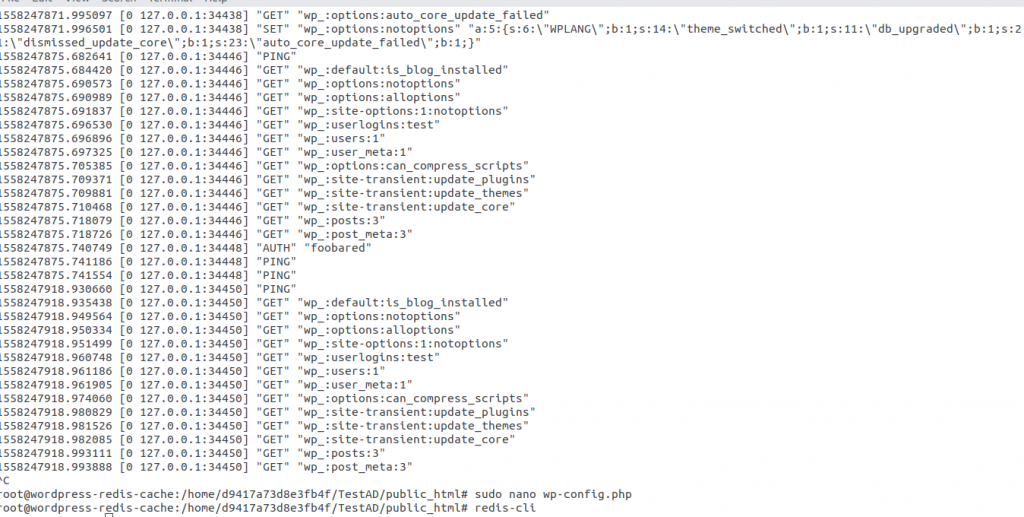How to Setup Redis Object Cache on a WordPress Site
Redis is without doubt one of the hottest caching device for a WordPress web site. Redis is used for a lot of functions, Nonetheless, We will additionally use it as caching system for our WordPress weblog/web site. On this information, we’ll configure Redis Object cache on a WordPress web site, And we’ll take a look at the caching system to ensure it’s working. It isn’t so onerous to configure Redis cache on WordPress.
Earlier than we get began with the precise step-by-step tutorial, Listed below are some stipulations to observe this information.
- A VPS/Devoted Server with Redis Put in.
- A WordPress web site hosted on that server.
You probably have a WordPress web site hosted on a server with Redis put in, we will get began.
Set up Redis Object Cache Plugin
To start with, go to the admin panel of your WordPress web site and navigate to “Add plugin” web page. On the web page, you will notice plenty of plugins from WordPress’s plugin repository.
Now, Seek for “Redis Object Cache” plugin and set up the one given within the screenshot under.

As soon as put in, Activate it by clicking on the “Activate” button. Earlier than we will make the most of the highly effective caching system, we first should be sure that we’ve got PHP Redis extension put in on our server.
Relying in your server and PHP model you might be utilizing, Execute a command in following format to put in php-redis extension.
sudo apt-get set up php7.0-redis -y
sudo service php7.0-fpm restart
As soon as put in, We will lastly activate our Redis caching system.
Activate Redis Object Cache
Now, Click on on the “Settings” menu from the appropriate sidebar of the WordPress admin panel. After which click on on the “Redis” sub-menu inside Settings similar to the next picture.

Now, we will allow Redis Object Cache by clicking on the Allow Object Cache plugin. However we additionally should examine if we will login to our Redis server utilizing the data offered within the “Servers” desk.
It’s straightforward to examine if we will entry Redis or not. Open up your terminal, join with the server utilizing SSH after which execute the next command to log in to Redis CLI.
redis-cli
As soon as logged in, execute:
set take a look at working
For those who can set the key-value pair with out the requirement of the password, you may go forward and click on the Allow Object Cache button to allow caching. However, for those who want password to set key-value pairs in your Redis configuration, Append the next code to the tip of the wp-config.php file in your WordPress set up listing.
outline(‘WP_REDIS_PASSWORD’,’YOUR_DESIRED_REDIS_PASSWORD‘);
Now, Reload the plugin web page and see if password is modified from No to Sure. Whether it is, we’re good to go along with the password too! Click on on the Allow Object Cache button and allow the caching!
Confirm Redis Object Cache
To confirm if the Redis object cache is definitely working, we will monitor actions in Redis-cli. Whether it is getting used, we will monitor requests coming in.
Open up Redis Command line interface utilizing the command given under:
redis-cli
To watch requests, execute the next command in Redis Command line interface.
monitor
Now, It’s time to observe! Open up a brand new window in your browser and open the URL of your WordPress web site. Within the redis monitor, you need to see the logs as given under.

For those who can see new logs forming after opening any web page in your Web site, Congratulations! You are actually utilising the facility of Redis Object Caching in your WordPress web site!
Conclusion
If you wish to arrange Object caching with Distant Redis Server, It’s also possible to outline Redis Host, Port, and extra directives within the wp-config.php file. Additionally it is attainable to attach with a Distant redis master-slave replications and clusters.
If you’re dealing with any subject establishing Redis Object Cache in your WordPress file, Please re-read the information and observe it step-by-step.

